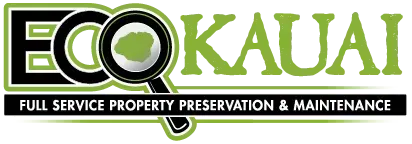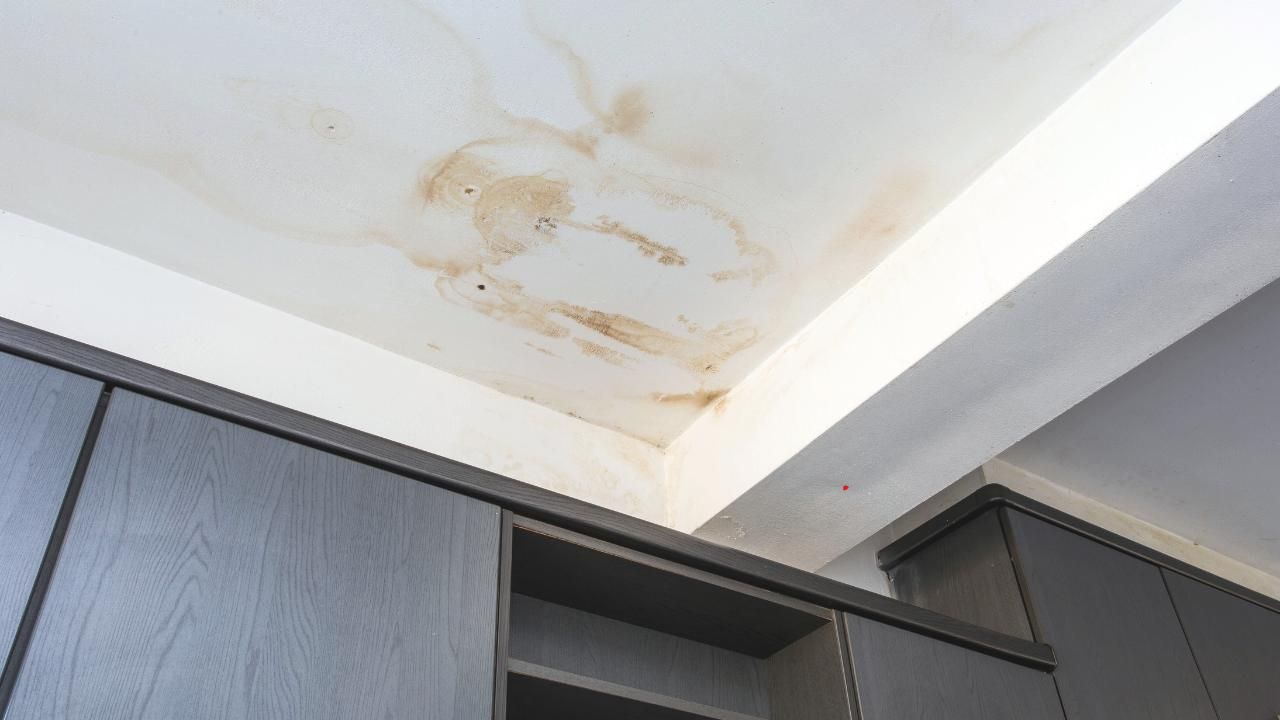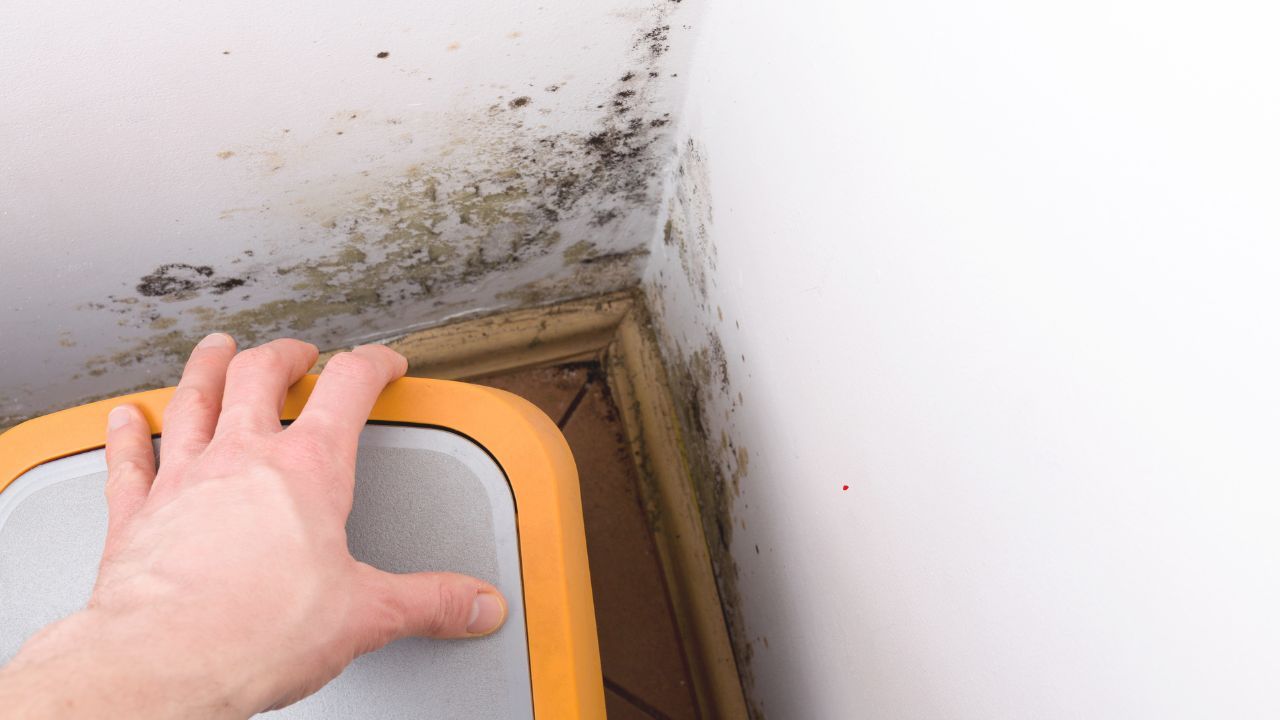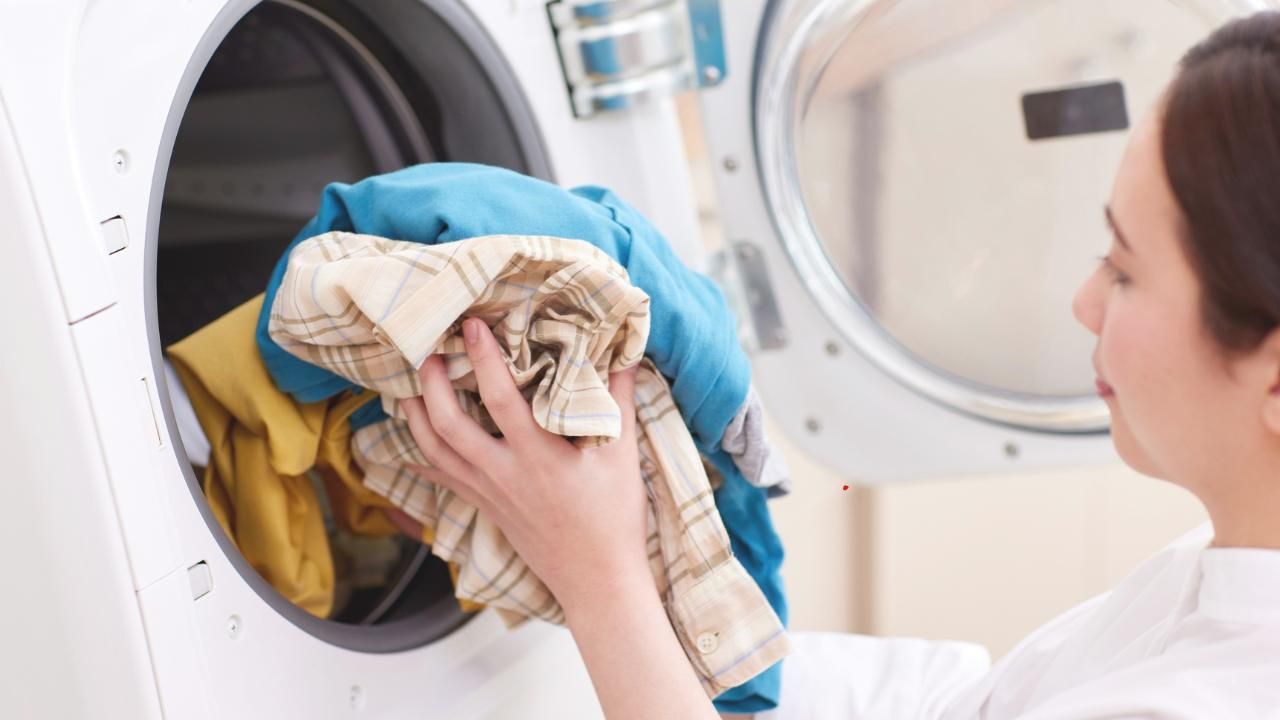Mold and Structural Damage: Addressing Complications in Hawaii Homes
Preventing Mold and Structural Damage

In the landscapes of Hawaii, where lush greenery and tropical climates define the backdrop, the threat of mold is a persistent concern for homeowners. Beyond the visible signs and health risks, the insidious nature of mold extends to structural integrity, presenting challenges that demand immediate attention and informed solutions. In this comprehensive guide, we delve into the intricate relationship between mold and structural damage in Hawaii homes, exploring the causes, effects, and strategies to address and prevent these complications.
Understanding the Causes
Humidity as a Catalyst
Hawaii's tropical climate, characterized by high humidity levels, creates an environment conducive to mold growth. Explore the direct correlation between humidity and mold infestation, and the subsequent impact on the structural components of homes.
Water Intrusion
Unaddressed water intrusion is a primary factor contributing to both mold and structural damage. We examine common sources of water intrusion in Hawaii homes, including roof leaks, plumbing issues, and flooding events, and their potential consequences.
Material Vulnerability
Certain building materials are more susceptible to mold and structural damage than others. Identify vulnerable materials commonly used in Hawaii homes and understand how their composition can exacerbate the effects of mold infestations.
Recognizing the Signs
Visible Mold Growth
Beyond its impact on aesthetics, visible mold growth often indicates a deeper issue that may compromise the structural integrity of a home. We guide homeowners on recognizing and addressing visible mold in a timely manner.
Discoloration and Staining
Discoloration and staining on walls, ceilings, or structural components are subtle signs of ongoing mold activity. Explore the nuances of these visual cues and their implications for the structural health of Hawaii homes.
Warped or Sagging Surfaces
Mold can compromise the structural integrity of building materials, leading to warping or sagging surfaces. This section examines how these physical changes manifest and the underlying structural complications they signify.
Effects of Mold on Structural Components:
Wooden Structures
Wood, a prevalent building material in Hawaii, is particularly vulnerable to mold-related damage. Dive into the effects of mold on wooden structures, including beams, studs, and flooring, and the measures to mitigate this damage.
Drywall and Plaster
Explore how mold can infiltrate and deteriorate drywall and plaster, affecting the stability and safety of interior walls. Learn strategies for identifying and addressing mold-related damage in these structural components.
Foundations
The foundation is the backbone of any home, and mold-related damage to this critical component can have severe consequences. Understand the potential effects of mold on foundations in Hawaii homes and the steps to prevent and remedy such issues.
Complications in Structural Repair
Assessment Challenges
Mold-related structural damage poses unique challenges during assessments. Uncover the complexities of accurately evaluating the extent of damage and the interplay between mold remediation and structural repairs.
Coordination of Services
Addressing both mold remediation and structural repairs requires seamless coordination between specialized professionals. We discuss the importance of collaboration between mold remediation experts and structural repair contractors for effective solutions.
Strategies for Mold Remediation and Structural Repair
Timely Intervention
The adage "prevention is better than cure" rings true in the context of mold and structural damage. Explore the significance of prompt intervention in mitigating the effects of mold on structural components, with a focus on preventive measures.
Comprehensive Mold Remediation
A thorough mold remediation process is the foundation for preventing further structural damage. We outline the key steps involved in comprehensive mold remediation in Hawaii, from containment to removal and prevention.
Structural Stabilization
Once mold has compromised structural components, stabilization becomes paramount. Delve into the techniques and technologies employed in stabilizing and reinforcing affected areas to restore structural integrity.
Material Replacement Strategies
In cases where structural components are beyond repair, replacement becomes a necessity. Learn about the strategic selection of materials resistant to mold and how proper installation can prevent future complications.
Future-Proofing Homes Against Mold and Structural Damage
Future-proofing homes in Hawaii against the dual threats of mold and structural damage requires a comprehensive and holistic approach. As homeowners embrace the beauty of the Hawaiian landscape, they must also acknowledge the unique challenges posed by the tropical climate. Here are key strategies to future-proof homes, ensuring resilience against mold and structural complications:
Effective Ventilation Systems
Investing in state-of-the-art ventilation systems is paramount in the battle against mold. Well-designed systems promote optimal airflow, reducing humidity levels and inhibiting mold growth. Incorporating energy-efficient ventilation solutions tailored to the specific needs of Hawaii's climate is an essential step toward a mold-resistant home.
Regular Inspections and Maintenance
A proactive stance involves regular inspections to identify potential issues before they escalate. Scheduled maintenance, including roof checks, plumbing assessments, and routine property inspections, can uncover vulnerabilities and enable timely intervention. Homeowners should work with professionals familiar with Hawaii's environmental nuances to conduct thorough assessments.
Landscaping Considerations
Landscaping choices play a significant role in mold prevention. Thoughtful landscaping can promote natural drainage, prevent water accumulation around the foundation, and encourage airflow. Selecting plants that thrive in Hawaii's climate while avoiding dense foliage close to the house contributes to a balanced and mold-resistant outdoor environment.
High-Quality Building Materials
The choice of building materials significantly influences a home's vulnerability to both mold and structural damage. Opting for high-quality, mold-resistant materials can fortify the structure against the humid Hawaiian conditions. From roofing to insulation, selecting materials designed to withstand environmental challenges is an investment in long-term durability.
Professional Mold-Resistant Coatings
Applying professional mold-resistant coatings to vulnerable surfaces adds an extra layer of protection. These coatings act as a preventive barrier, inhibiting mold growth and safeguarding structural components. Professional application ensures thorough coverage and long-lasting effectiveness.
Education and Awareness
Empowering homeowners with knowledge about mold prevention and structural maintenance is crucial. Educational initiatives can include workshops, seminars, and informational materials that equip residents with the skills to identify early signs of mold and structural issues, fostering a proactive and informed community.
Incorporating Smart Technologies
The integration of smart technologies, such as moisture detection systems and climate control devices, can provide real-time data on environmental conditions. These technologies enable homeowners to monitor and control humidity levels, detect leaks, and take preventive measures remotely, offering a modern solution to age-old challenges.
Customized Preventive Plans
Tailoring preventive plans to the unique characteristics of each home is essential. Collaborating with ECO Kauai Services who understand the intricacies of Hawaii's climate allows homeowners to develop customized strategies, ensuring that preventive measures are targeted and effective experiences.
In Hawaii, where homes are not only shelters but also investments in a tranquil lifestyle, the threat of mold and structural damage demands vigilant attention. This guide serves as a roadmap for homeowners, offering insights into the causes, signs, and effects of mold-related structural complications, as well as practical strategies for remediation and prevention. By understanding the unique challenges posed by Hawaii's climate and adopting proactive measures, homeowners can safeguard their properties, ensuring that the beauty of their island abode is matched by the resilience and structural integrity of the homes they cherish. Contact us for more information or assistance with mold-related issues.




